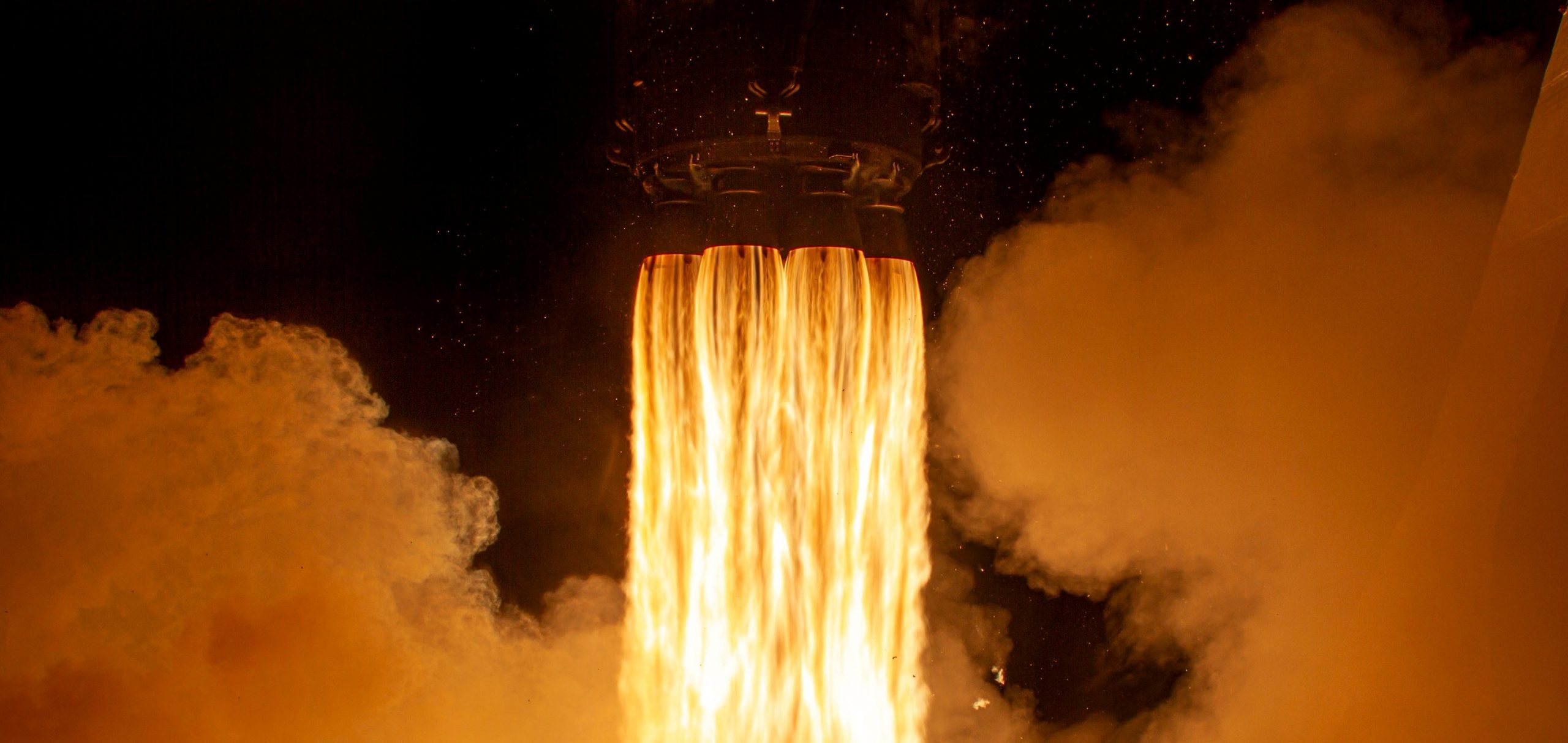
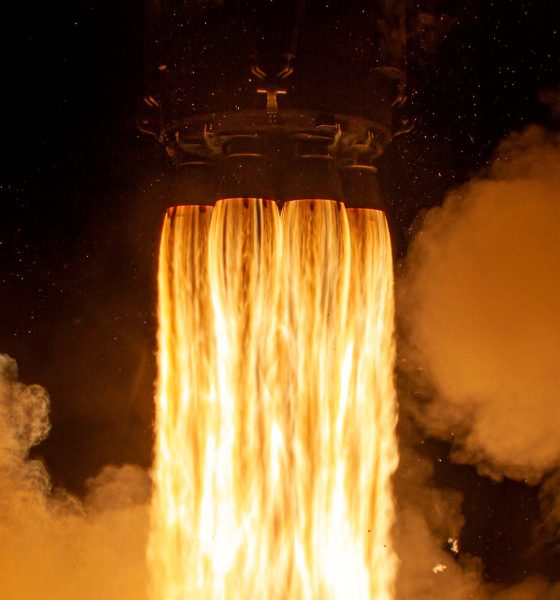
News
SpaceX fires up rocket for second NASA spacecraft launch in two weeks
SpaceX says it has successfully static fired Falcon 9 ahead of the company’s second scientific NASA spacecraft launch in just two weeks.
On November 24th, SpaceX successfully launched the small Double Asteroid Redirection Test (DART) spacecraft, marking Falcon 9’s first direct interplanetary launch and the rocket’s first flight-proven mission for NASA’s Launch Service Program (LSP). Now, as early as 1am EST (06:00 UTC) on Thursday, December 9th, SpaceX is on track to launch an even tinier NASA spacecraft known as the Imaging X-ray Polarimetry Explorer or IXPE. A telescope designed to survey some of the most extreme environments in the known universe, IXPE was originally meant to launch on the small but expensive and oft-delayed Pegasus XL rocket and weighs about 325 kilograms (720 lb) as a result.
Instead, in mid-2019, SpaceX effectively stole NASA’s IXPE launch contract out from under Orbital ATK in the midst of chronic delays of a different Pegasus XL NASA mission, bidding just over $50 million to launch the smallsat on Falcon 9. Some two years behind schedule when it finally completed the mission, Pegasus XL ultimately launched NASA’s similarly small ICON spacecraft in October 2019 for the equivalent of ~$66 million in 2021
In other words, SpaceX is charging NASA less than Orbital ATK charged to launch ICON on a rocket capable of delivering 600 kg (~1300 lb) to low Earth orbit (LEO) to launch IXPE on a rocket capable of launching about 16,000 kg (~35,000 lb) to the same orbit. Even then, despite Falcon 9’s comparatively dirt-cheap pricing relative to the performance it offers, the IXPE launch should still be profitable for SpaceX. In the recent past, CEO Elon Musk and a few other executives have indicated that the cost to SpaceX to launch a flight-proven Falcon 9 is between $15 million and $28 million depending on how costs are measured.
That is to say that even at $50M, SpaceX has plenty of breathing room to drop launch costs even further if it ever runs into actual competitive pressure. Since the first booster recovery in December 2015 and the first booster reuse in March 2017, Falcon 9 is still the world’s only reusable orbital-class rocket. IXPE is the latest in a line of NASA missions to benefit from SpaceX’s unprecedented private expertise and the company has assigned Falcon 9 booster B1061 to launch the ~$140M spacecraft.
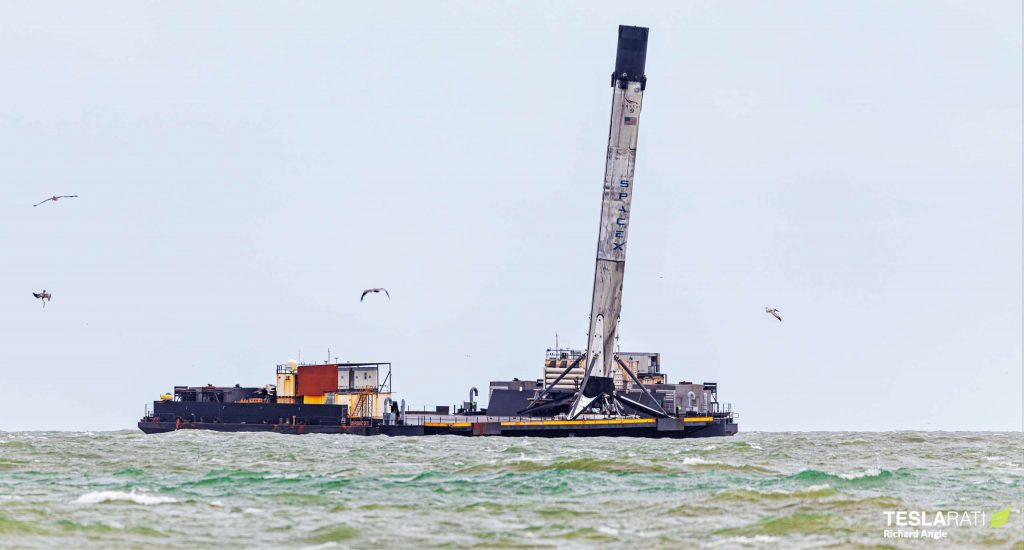
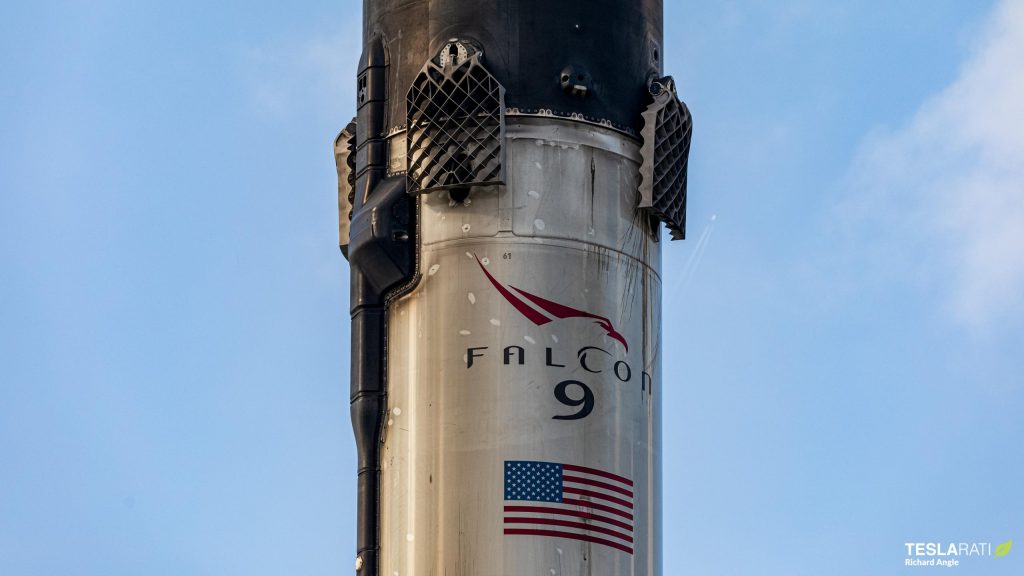
The booster has currently launched eight astronauts, three Dragons, and one large geostationary communications satellite in its four-launch, 13-month career and IXPE will be the booster’s fifth spaceflight and orbital-class launch since November 2020. It will also be the smallest dedicated payload a Falcon 9 rocket has ever launched by a large margin, making for a very empty payload fairing at liftoff.
On December 4th, SpaceX successfully performed a launch rehearsal, fully fueling Falcon 9 B1061 and a new upper stage and briefly firing up the booster’s nine Merlin 1D engines to verify that the vehicle is ready for flight. The company has since brought Falcon 9 horizontal and rolled it back into Kennedy Space Center (KSC) Pad 39A’s main hangar, where the rocket’s payload fairing – containing IXPE – will be attached to the rest of the stack. IXPE will be SpaceX’s 28th launch in 2021 (a new record) and is the second of four or five East Coast Falcon 9 launches planned this December.
Read more about the IXPE spacecraft and its mission to observe black holes, dead stars, and other bizarre phenomena here.

News
Tesla FSD earns high praise in South Korea’s real-world autonomous driving test
As per the Korea Expressway Corporation’s report, the FSD test was conducted on December 15, 2025, from 10 a.m. to 6 p.m.

Tesla’s Full Self-Driving (FSD) has received a bullish assessment from the Korea Expressway Corporation following a real-world autonomous highway driving test.
A report of the test, shared on Naver Cafe, showed high praise for the system’s safety, capabilities, smooth maneuvers, and confidence.
South Korean highway test
As per the Korea Expressway Corporation’s report, the FSD test was conducted on December 15, 2025, from 10 a.m. to 6 p.m. Four people were in the Tesla that was tested, including the head of the mobility department. All four FSD driving modes were tested, from “Sloth” to “Mad Max.”
To test FSD’s performance, the system was tasked to operate on highways such as Gyeongbu, Cheonan, and Cheonan-Nonsan, as well as city areas in Dongtan New Town, Sejong Special City, and Daejeon Metropolitan City, among others.
Since FSD is only available for the Tesla Model S and Model X that are imported to South Korea from the United States, the system was not tested in a Model 3 or Model Y, which comprise the majority of Teslas on the country’s roads today.
Highway test results
Results showed FSD performing well, both in inner-city roads and on highways. In inner city roads, the testers noted that FSD was capable of autonomous driving at a level that already exceeds that of general human drivers, except in very few areas, such as unprotected left turns and work zone intersections.
In highways, the testers described FSD’s performance as “excellent,” though the system still showed frequent cases of violations in local bus lanes and max speed limit rules. These, however, could hopefully be addressed by Tesla in a future FSD update without many issues. The testers also noted that in some parts of the test, FSD seemed to be driving autonomously in accordance with traffic flow rather than strict traffic rules.
테슬라 Fsd 고속도로 자율주행 테스트 결과 보고 by Simon Alvarez
News
Tesla claims nearly 20% market share as Norway sets new car sales record
Tesla captured roughly one in five new cars in Norway, highlighting its dominance in the world’s most EV-friendly market.
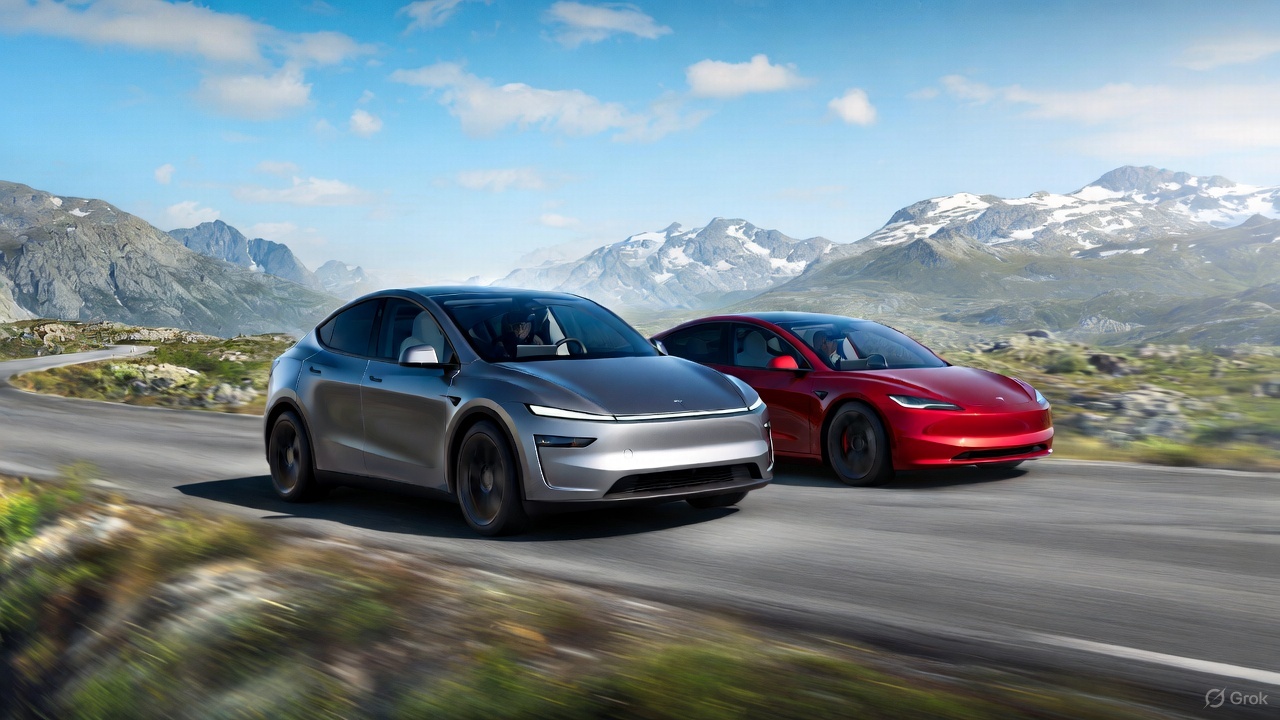
Norway shattered its all-time new car sales record in 2025, and Tesla emerged as the clear winner. A year-end rush ahead of higher EV taxes pushed registrations to nearly 180,000 vehicles, with electric cars accounting for 96% of sales.
Tesla captured roughly one in five new cars in Norway, highlighting its dominance in the world’s most EV-friendly market.
Norway’s EV rush
As noted in a CarUp report, Norway’s electric vehicle sales in 2025 surged, thanks in part to buyers rushing ahead of a post–new year VAT increase of roughly 50,000 kronor on many new electric cars. This ended up pulling demand forward and setting a national record with almost 180,000 registrations in 2025.
The result was unprecedented. From the vehicles that were sold in 2025, 96% of new cars sold were fully electric. And from this number, Tesla and its Model Y made their dominance felt. This was highlighted by Geir Inge Stokke, director of OFV, who noted that Tesla was able to achieve its stellar results despite its small vehicle lineup.
“Taking almost 20% market share during a year with record-high new car sales is remarkable in itself. When a brand also achieves such volumes with so few models, it says a lot about both demand and Tesla’s impact on the Norwegian market,” Stokke stated.
Tesla domination
Tesla led all brands in Norway with 34,285 registrations, which is equal to a 19.1% market share. These results place Tesla well ahead of Volkswagen and Volvo, which held a 13.3% and 7.8% market share in 2025, respectively.
On the model chart, Tesla’s strength was even clearer. The Tesla Model Y topped all vehicles with 27,621 registrations, accounting for 15.4% of the entire market. The Tesla Model 3 also ranked among the top five, accounting for 3.7% of Norway’s entire auto sales in 2025.
Other strong performers included Volkswagen’s ID.4 and ID.7, Toyota’s bZ4X, which commanded 4.9%, 3.9%, and 4.1% of Norway’s total sales in 2025, respectively.
News
Tesla China sees 2nd-best month ever by selling 97,171 vehicles wholesale in December
The results mark Tesla China’s second-highest monthly result on record, trailing only November 2022’s 100,291 units.

Tesla posted a sharp year-end rebound in China last month, with December’s wholesale figures climbing to their second-highest level to date.
The surge capped a late-year recovery for the electric vehicle maker, even as full-year wholesale figures still finished lower year over year. Still, the data highlights how Tesla China’s offerings still resonate with customers in the world’s most competitive electric vehicle market.
Tesla China’s December surge
Tesla China sold 97,171 vehicles wholesale in December, as per data from the China Passenger Car Association (CPCA). The results mark Tesla China’s second-highest monthly result on record, trailing only November 2022’s 100,291 units, based on data compiled by CNEVPost. The details of Tesla China’s December results, such as its domestic sales and exports, are yet to be released.
December’s wholesale results represent a 3.63% increase from the same month last year and a 12.08% jump from November’s 86,700 units. It also marked the second consecutive month of year-over-year growth, signaling renewed momentum in China.
Tesla’s late-year momentum is believed to be partly driven by Tesla pulling deliveries forward to allow buyers to take advantage of more favorable purchase tax policies before the calendar year ended. That strategy helped boost monthly performance even as competition in China’s EV market remained intense.
Tesla China’s FY 2025 volumes
Despite the strong December finish, Tesla China’s wholesale sales declined on an annual basis. The electric vehicle maker’s total wholesale figures for 2025 reached 851,732 units, down 7.08% year over year. This could have been due to a variety of factors, from intense competition in the domestic Chinese market to Giga Shanghai’s changeover to the new Model Y in the early part of the year.
Tesla Gigafactory Shanghai continues to play a central role in its global operations, producing the Model 3 sedan and Model Y crossover for both Chinese customers and export markets. The efficiency of Gigafactory Shanghai has allowed it to become Tesla’s largest factory by volume, as well as the company’s primary vehicle export hub.







